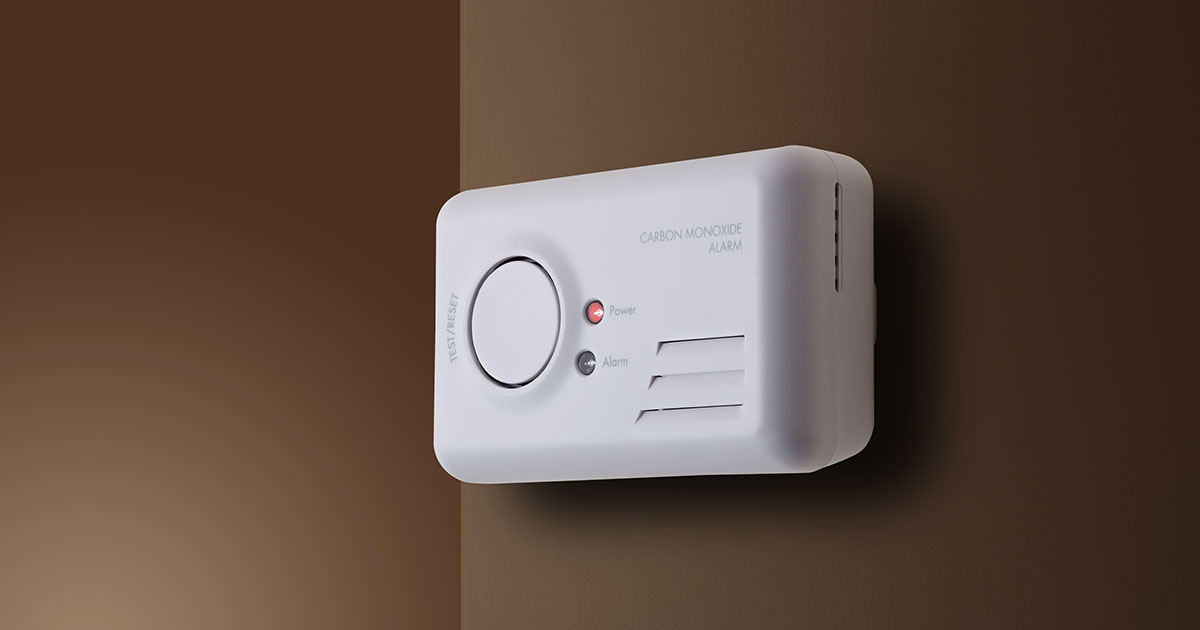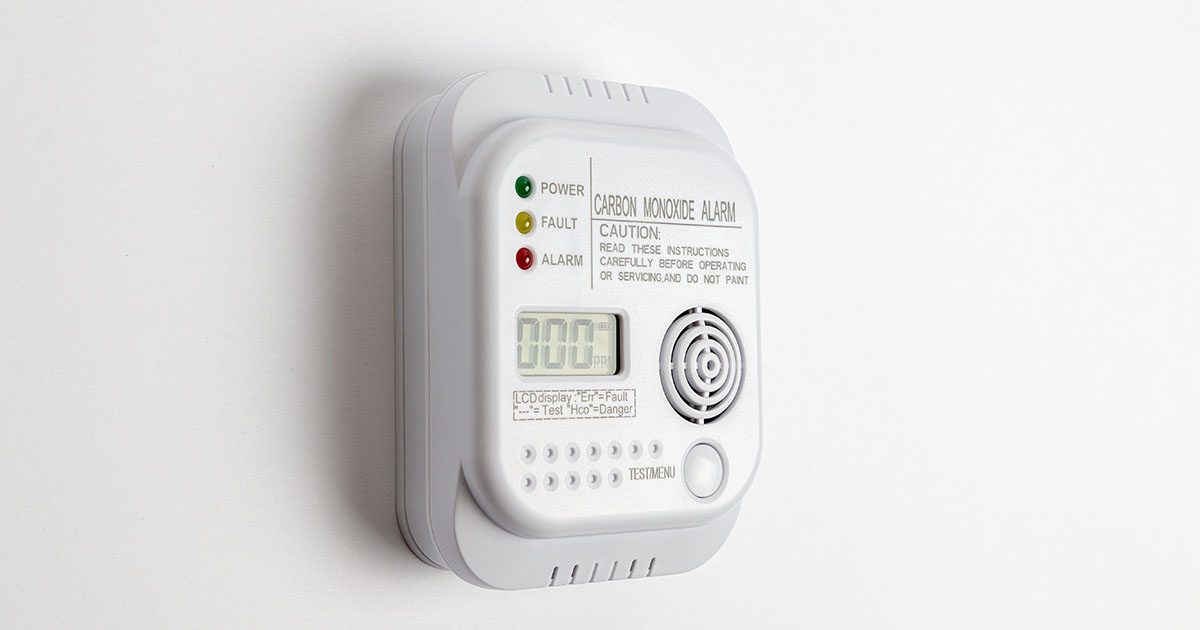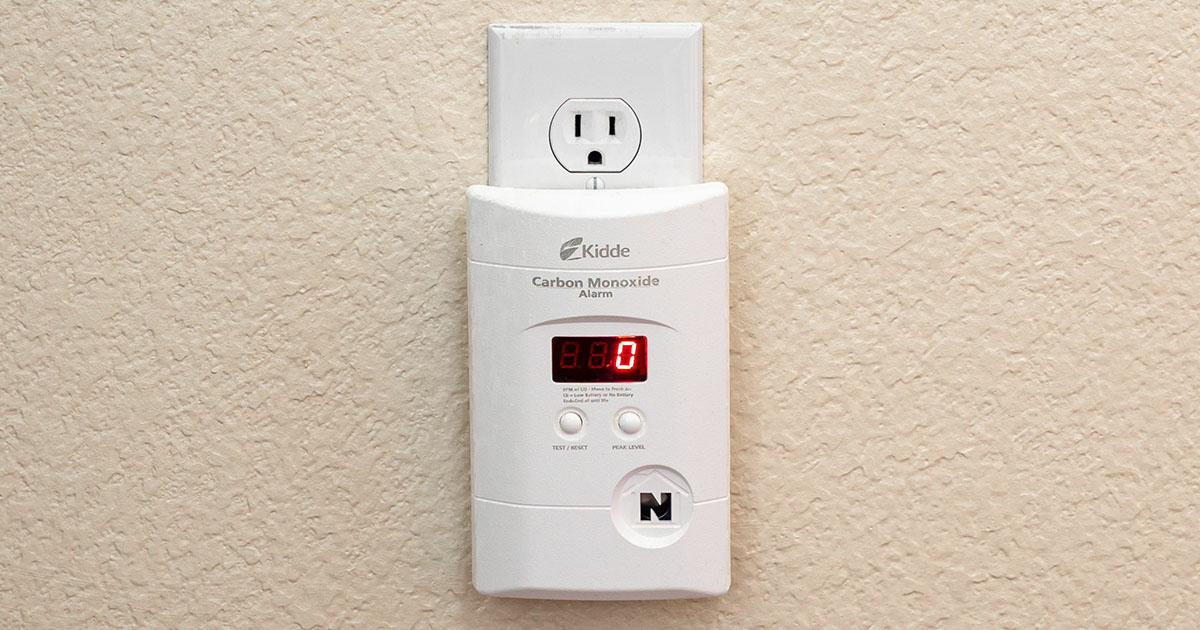Carbon Monoxide – Would Your Building Detect The Silent Killer?
According to The London Fire Brigade, many people are unaware of the risks posed by carbon monoxide (CO). Only around 15% of people have a CO alarm, compared to 90% of people who have a smoke alarm.

What is carbon monoxide?
CO is a dangerous and ‘silent killer’ due to it being an odourless and colourless toxic gas.
This poisonous gas is produced when carbon-based fuels such as gas, wood, oil and coal do not burn properly which causes excess CO to be emitted.
How does carbon monoxide affect humans?
When the gas is inhaled and enters the body, it can then prevent blood from delivering oxygen to cells, tissues and the brain.

What are the regulations surrounding carbon monoxide detectors?
In England, building regulations require that a BS EN 50291 kitemarked carbon monoxide alarm is installed in rooms containing a fuel burning appliance. For example, all rooms containing a boiler, open fire or log burning stove should be fitted with a mains or battery powered carbon monoxide alarm.
How does a carbon monoxide detector work?
CO detectors sound an alarm when they sense a certain amount of CO in the air.
There are different types of sensors:
- Biomimetic sensor: A gel is used which changes colour when it absorbs carbon monoxide. This colour change is what triggers the alarm.
- Metal oxide semiconductor: When the silica chips’ circuitry detects carbon monoxide, it lowers the electrical resistance. This change in resistance then triggers the alarm.
- Electrochemical sensor: When an electrode is immersed into a chemical solution, it will sense changes in electrical currents when it comes into contact with carbon monoxide. These changes in electrical currents is what triggers the alarm.

What do I do if my carbon monoxide alarm goes off?
In the event of the alarm sounding:
- Immediately ventilate the building by opening the windows and doors
- Evacuate everyone outside of the building for fresh air
- Check to see if anyone has any flu-like symptoms which indicate CO poisoning
- Call 999 for the fire brigade
- Do not re-enter the building until the fire brigade has completed their checks and has given you the all clear to do so
Carbon monoxide alarms should be tested weekly and replaced every three years by a qualified engineer. If you would like to learn more about carbon monoxide detectors, contact Fire Guard Services today for your free assessment.
Keep on top of your responsibility as a building owner or manager by ensuring that your tenants, staff members and visitors are aware of the risks of carbon monoxide poisoning. Let them know what to do when their detectors are beeping by sharing this article!
